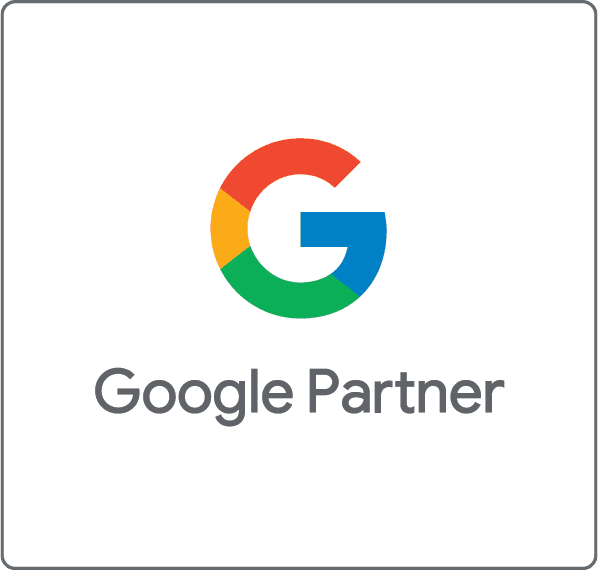With the rise of ad-blockers and banner blindness, native ads have emerged as one of the most effective ways to engage with audiences and promote products or services online. These ads blend seamlessly with the surrounding content, providing relevant and useful information to users, without disrupting their browsing experience. Native ads enable advertisers to reach their target audiences with precision, build trust with readers, and drive conversions. As such, they have become a staple in digital marketing and advertising strategies.
Native ads are designed to look and feel like the content of the websites they appear on, whether it’s a news article, a social media feed, or an online forum. They are usually disclosed as sponsored content and provide a clear value proposition to the readers. For example, a native ad promoting a new cosmetics product may offer a tutorial on how to create a specific look using the product. This type of content is useful and informative, providing value to the reader, and at the same time, promoting the product in question.
One of the main advantages of native ads is that they don’t interrupt the browsing experience of the users. This means that viewers are more likely to pay attention to the ad since it doesn’t disrupt their flow of reading or browsing. This leads to better engagement and a higher click-through rate. Moreover, native ads can be targeted to specific audiences based on their demographics, location, interests, or behavior online. This means that advertisers can reach the right people, at the right time, in the right context.
Another benefit of native ads is their high level of trustworthiness and authenticity. Since native ads are designed to match the look and feel of the website they appear on, it’s harder for users to identify them as advertisements. This creates a sense of transparency and credibility, which helps to build trust with the audience. A recent study by IPG Media Lab and Sharethrough found that native ads are viewed for the same amount of time as editorial content and are 52% more likely to be viewed than banner ads.
To create successful native ads, it’s essential to understand your target audience, their interests, needs, and pain points. This will enable you to create relevant and engaging content that resonates with the audience. It’s also important to optimize the ads for SEO, including keywords, meta descriptions, and alt tags, to improve their visibility and search ranking. Finally, native ads should provide a clear call to action that persuades the user to take the desired action, whether it’s visiting a website, making a purchase, or signing up for a newsletter.
In conclusion, native ads offer a powerful way to reach audiences online without interrupting their browsing experience and build trust with readers. They provide relevant and valuable content that resonates with the audience and drives conversions. By creating informative, SEO-optimized, and entirely SEO-friendly native ads that blend seamlessly with the surrounding content, advertisers can increase engagement, improve brand awareness, and boost their bottom line.























